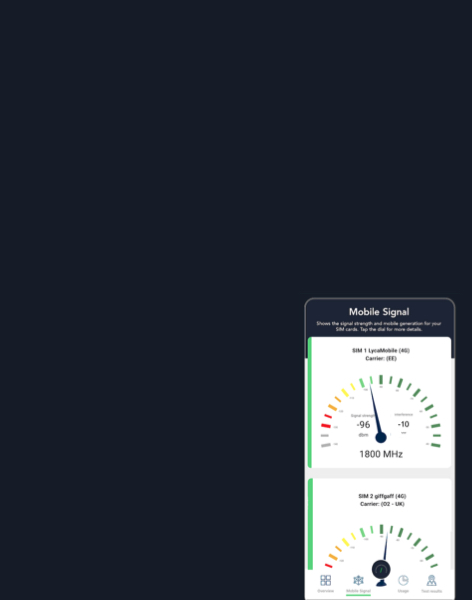An insight into public opinion: SignalTracker on TV
I appeared on a BBC daytime TV show and saw that outside the "spectrum bubble", the public are shocked by phones incorrectly showing the 5G icon.
If you work in an obscure field, do you wonder what normal people think of your work?
If, like me, you are in spectrum policy, frequency standardisation and harmonisation, or another area of spectrum management, the passenger on the Clapham omnibus thinks we work in an obscure field!
Over the past couple of months, I have been getting an insight into public opinion by working with a team of consumer journalists from BBC Morning Live. They have no particular experience of the mobile sector. They were interested in research from the SignalTracker app showing that about 40% of the time, when your phone shows the 5G icon, it is actually 4G. You can watch the full programme here, starting 12 minutes in. A clip is below.
What does the average person think of the “fake 5G” phenomenon? Bluntly, they think it’s a rip-off. In the introduction, the studio host said your phone may say 5G, “but you may not be getting what you paid for”.
The reporter asked passers-by how they would feel if their phone showed 5G and it was 4G. “Angry!” said one. “That seems really cheeky. I don’t know how they get away with it.”
A consumer law expert agreed. “On a moral level, it’s misdescription”, he said, explaining that the UK’s Consumer Rights Act 2015 has strict rules on this. “The legislation is really clear about how accurate things have to be in other contexts – so why not this context?”
How did we get into this mess? Vendors want to sell telecoms equipment and/or new phones. Operators want to sell new contracts, often with a phone included. A simple approach is to promote the next generation of mobile technology as a huge leap forward, a magic bullet solution.
That tactic is now past its sell-by date. Any new mobile technology is a gradual rollout, and depending on your location, it could be years before the upgrade reaches you.
A new mobile generation is not a magic bullet. For a good mobile smartphone experience, you need 20 Mbps – says Ericsson – something which is often achieved on 4G.
In fact, we need a combination of 4G and 5G, which delivers 20 Mbps as widely as possible. Surprisingly, the network operators said they are doing this. “Operators work to steer customers to the best experience and seamless connection, whether 4G or 5G, using the strongest signal possible,” said their trade association Mobile UK. So why do their marketers imply something different? Why do phones not just report the mobile generation accurately?
Over-hyping the next mobile generation is a sales tool that has misled the public, and ultimately, no business will prosper if it loses consumer trust.
All professions have their bubbles, and spectrum management is no different. In our amazement about the possibilities of new mobile technology, we can lose sight of a fundamental fact: the public must be prepared to pay for these advances.
Bamboozling the customer with gee-whizz advertising about the next mobile generation will only get you so far. In the UK, mobile virtual network operators (MVNOs) – who simply lease network capacity from the MNOs – are growing faster than the network operators themselves, suggesting that customers are opting for value rather than the latest technologies. As Ericsson says, for normal smartphone activities, including video streaming, there is almost no benefit in speeds over 20 Mbps. The public’s move to MVNOs suggests they realise this.
The mobile sector seems to be entering a new phase, where many customers put coverage, quality of service and value before speed. Marketing needs to reflect this, and the user experience needs to enhance consumer trust rather than undermine it. Let’s hope we’re not writing about “fake 6G” in five years’ time.
